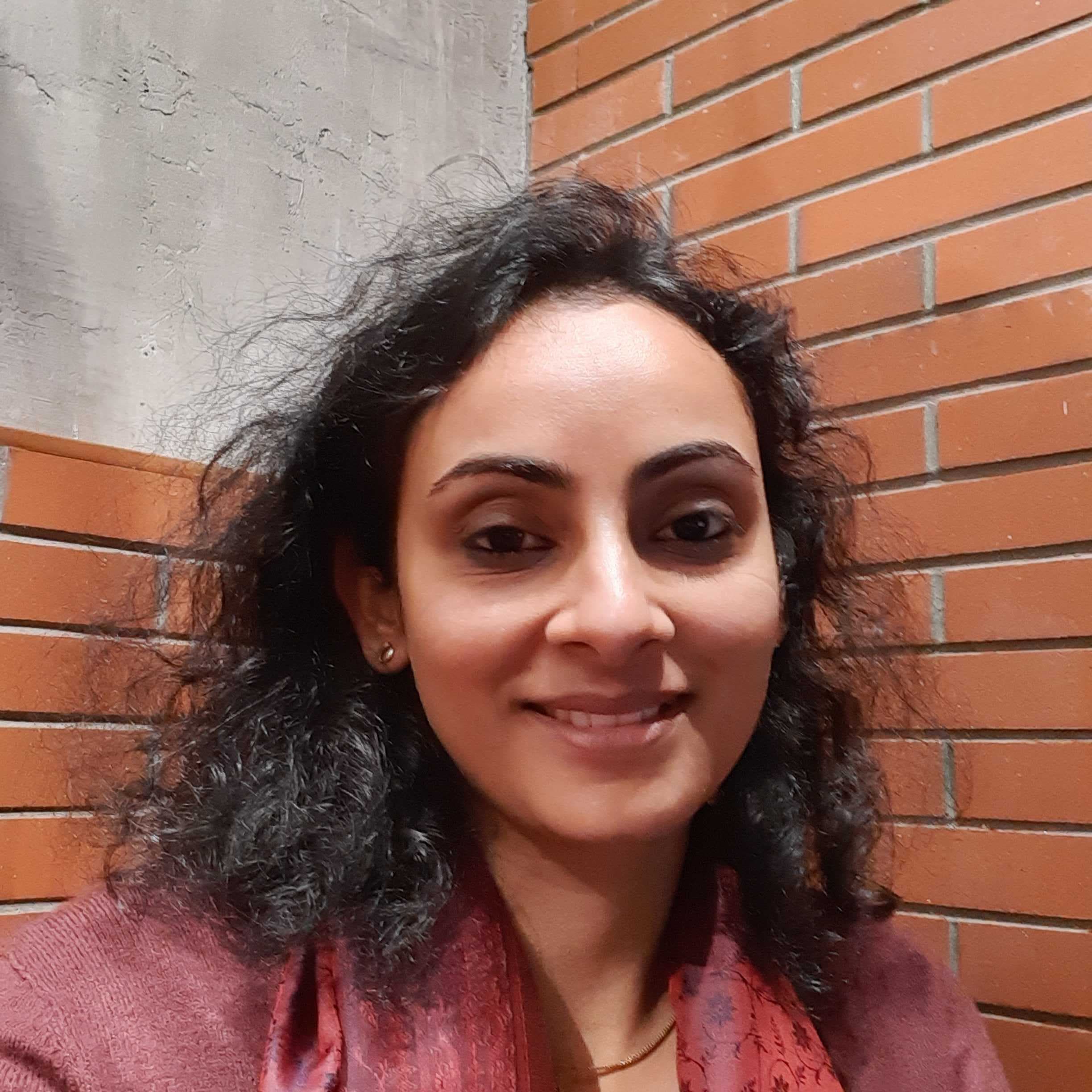This blog has been written by Dr. Kirti Singh and compiled by Mujtaba Ahmed. LinkedIn :www.linkedin.com/in/mujtaba-ahmed-41801b166
Introduction:
Back Pain is one of the most common reasons why people visit their doctors and miss out on work. The S- shaped human back has a complex structural anatomy, made up of 36 stacked small bones called Vertebrae. In between these are round, rubbery pads called intervertebral discs, which cushion the bones as the body moves. Ligaments hold the vertebrae in place, and the tendons attach the muscles to the spinal column. The spinal cord is associated with 31 nerves which control body movements and transmit signals from the body to the brain such as pain.
Back pain can range in intensity from a dull, constant ache to a sudden, sharp or shooting pain. The most common back pain is the lumbar or lower back ache.
It can be of 2 types, Acute or sudden pain that usually lasts up to 3 months or lesser, and Chronic: pain that develops slowly over time and lasts for more than 12 weeks.
Yoga is one of the effective tools for helping soothe back pain. It provides wholesome stretch and strengthen muscles, thus, more flexibility and stability to your spine. The benefits of yoga go beyond muscular strength. The slow movements and the continuous focus on proper breathing (conscious deep breathing) can improve the psychological aspect of back pain by helping to lower stress and alleviate anxiety and depression.
Risk Factors:
Age: People beyond the middle age are more prone as we age, intervertebral discs get worn out and start degenerating.
- Less Fitness: inactivity or sedentary lifestyle leads to unhealthy bodies,
- Gaining too much weight causes an increase in strain on your muscles and bones.
- Genetics: A family history of bone or back related conditions, puts you at higher risk.
- Bad Posture: Sitting or walking with an unhealthy posture might take its toll.
- Mental health/ psychological issues: Many times, back pains are associated with mental issues like depression, anxiety, psychosis, stress to name a few.
- Smoking: Studies show that smokers are 3 times more likely to develop chronic back pains than a non-smoker.This is because smoking damages arteries in the intervertebral discs and joints causes pain.
- Heavy bags affect one’s posture, and hinder the way their spine moves. This for a prolonged period will damage the back and cause pain.
Use Yoga to manage that nagging pain !
Yoga involves a series of poses and emphasizes breathing techniques. The postures teach you to stretch and strengthen your muscles, which helps reduce muscular tension, build flexibility and strength, and improve balance and bone strength.
However , it must be done with caution. one must remember that the concept behind yoga is not about dropping into a pose or aiming for a final position. It is a gradual process of building your core muscles, lengthening and strengthening the body and feeling this unified growth of body and mind.
If the proper form and movement is not practiced , it might lead to further injury.
Yoga for quick relief from back pain
Sit comfortably in Sukhasana (cross-legged pose, back straight and shoulders relaxed.) If you prefer standing, keep your feet parallel at a shoulder length distance.
- Stretching the spine: While inhaling, lift your arms, with fingers loosely interlocked, elbows straight and upper arms slightly touching the ears. Hold for 2-3 deep breaths, gently pull-in the navel towards the spine and feel the lengthening.
- Slowly Twist to left and right in the same position with arms above the head. Exhale while twisting, come back slowly to the centre with inhalation. Repeat on the other side.
- Bend to left and right
- Bend the spine forwards and backwards
- Twist the spine side to side with arms resting on the knees.
Caution- People with hernia, slip discs, structural deformities of spine and pregnancy must avoid performing such asanas without any professional guidance of a yoga trainer or your doctor.
Yoga Asanas for Strong Spine
Yoga is recommended not just for soothing the back pain but also to relieve the stress that accompanies it. Yoga has its benefits when practiced regularly , for a duration of at least 20-30 min, 3-4 days a week . Practicing the following asanas have proven to be highly beneficial for back problems.
- Phalakasana (Plank pose): As this pose strengthens your entire vertebral column, it improves your posture and aligns your spine, keeping your back healthy. This is beneficial in building core strength.
- Marjaryasana (Cat pose) / Bitilasana (Cow pose)-While performing this pose, the person resembles the pose of a cat. This pose stretches your torso, shoulders, and neck and relieves pain in these areas.
- Dhanurasana (Bow pose)- Resembling the archer’s bow, this gentle backbend strengthens your back and buttocks along with stretching other parts like the Abdomen, Thigh, Ankle and Throat.
- Setu Bandhasana (Bridge pose): Instead of bending forward, this is an inverted backbend exercise, that stretches your vertebral column and neck it strengthens the back.
- Ardha Pincha Mayurasana (Dolphin pose): This pose strengthens the entire upper body and helps achieve flexibility of the spine.
- Garudasana (Eagle pose): This pose strengthens and stretches the upper back. This asana also helps in increasing concentration and focus and improves the sense of balance.
- Adho Mukha Svanasana (Downward facing dog)- Practicing this pose can help relieve lower back pain and sciatica.
- Utthita Parsvakonasana (Extended side angle / triangle pose)- It stretches your spine, hips, and groin, and strengthens your shoulders, chest, and legs.
- Ardha matsyendrasana (half Fish pose) / Ardha chandrasana ( fish half moon pose) - This twisting pose energizes your spine and helps to relieve backache.
- Salabhasana (Locust pose) / Sarwangasana (cobra pose)- strengthens your spine and helps to relieve stress and fatigue that can accompany back pain.
- Viparita Karani (Legs up the wall)- It helps relieve pain and stiffness in your back and hips.
- Savasana (Plow pose)- this calms and relaxes the nerves, brain, and heart,and traditionally practiced near the end of a session to help prepare the practitioner for Corpse Pose (Savasana) and meditation.
- Ananda Balasana (happy baby pose)- to relax and release tension in your neck and back. Your spine is lengthened and stretched. Child’s Pose also stretches your hips, thighs, and ankles.
- Meditation & Yoga nidra- This relaxes your entire body, relieving tension both from your muscles and your mind.
Always Remember!
- Avoid any rough or jerky strenuous movements of the back, take precaution while lifting heavy objects.
- Maintaining a correct posture improves and balances the musculoskeletal system,
- Practice Yogasana regularly as it promotes strength in the muscles, helps to get rid of stiffness and increases flexibility and mobility in the back
- Certain asanas help in tightening the back muscles and in relieving the pressure on the discs during pregnancy.
- Practicing Yoga and meditation can help to link your body to your mind, helping in relaxation and a sense of inner peace. It has anti aging effects too.
- Wear Comfortable shoes as improper support may cause misalignment of the spine. Heels force you to maintain an unnatural posture to maintain balance.
- Invest in Ergonomically correct furniture
- Maintain healthy weight, especially around the waist, Every 0.5kgs adds strain to the back muscles
- Quit smoking, If you don’t have enough reasons to quit already, add one more.
Disclaimer: This article is for informational purposes only and should not be construed as a substitute for medical advice or treatment. Please consult with your doctor before you think of starting with yoga, if you have any pain related with your back.
We at Proactive aim at creating a world-class medical experience for Indian women and adopt gold standards in every healthcare initiative whether it’s a teleconsultation or a webinar. What sets us apart from the rest is our liberal, convenient, and holistic approach to healthcare.
Proactive for her is a digital clinic for women, offering accessible, personalized, and confidential health-care solutions. We offer products and services for out-patient health concerns of Indian women, across their lifetime - from puberty to pregnancy to menopause. To know more on the sexual and reproductive health of women, visit https://www.proactiveforher.com/

